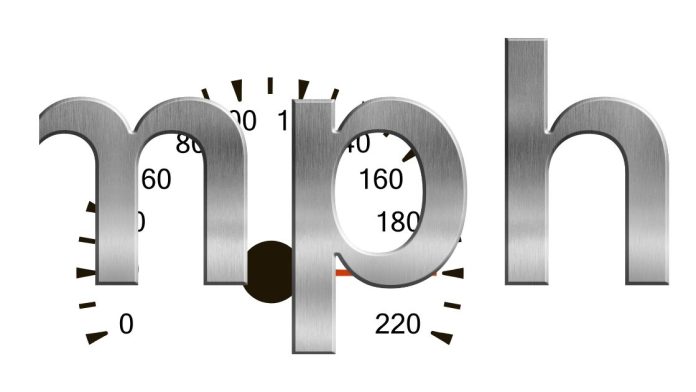The speed of sound is a fundamental concept in physics, representing the rate at which sound waves travel through a medium. This speed can vary depending on the medium (air, water, solids) and environmental conditions, but for most practical discussions, we focus on the speed of sound in air. When measured in miles per hour (mph), this speed provides an intuitive way for people, particularly in countries using imperial units, to understand sound’s velocity.
The Basics of Sound Propagation
Sound is a mechanical wave caused by vibrations that propagate through a medium (such as air) as longitudinal waves. The molecules in the medium compress and expand, transferring energy from one to another. The speed at which these compressions and expansions travel is the speed of sound.
Speed of Sound in Air
In standard atmospheric conditions, the speed of sound in air is approximately 761 mph (miles per hour). This value is not constant and can change depending on several factors:
- Temperature:
- The speed of sound increases with temperature. At sea level, where the temperature is approximately 68°F (20°C), sound travels at about 761 mph. If the temperature rises, so does the speed of sound. For instance, at 86°F (30°C), the speed may increase to about 768 mph.
- Altitude and Air Pressure:
- Contrary to common belief, air pressure has a negligible effect on the speed of sound when temperature is constant. However, at higher altitudes, the temperature drops, and this reduces the speed of sound. For example, at 32°F (0°C), sound travels at around 741 mph.
- Humidity:
- Higher humidity (more water vapor in the air) increases the speed of sound. Water vapor is less dense than dry air, making it easier for sound waves to travel.
Comparison to Other Media
While 761 mph is the speed of sound in air at standard conditions, sound travels much faster in liquids and solids because their molecules are more tightly packed:
- Water: Approximately 3,315 mph
- Steel: About 13,332 mph
Applications of Knowing the Speed of Sound
Understanding the speed of sound has practical applications across various fields:
- Aviation:
- Aircraft speeds are often compared to the speed of sound using the Mach number. Mach 1 represents the speed of sound, so a plane traveling at 1,522 mph is flying at Mach 2.
- Acoustics:
- Designing concert halls, auditoriums, and soundproof rooms requires precise knowledge of sound propagation.
- Meteorology:
- Thunder is a common example where the speed of sound helps estimate the distance of a lightning strike. By counting seconds between a lightning flash and the thunder’s arrival, you can gauge the distance (roughly 5 seconds for every mile).
- Military:
- Ballistics and supersonic weaponry rely heavily on accurate calculations of the speed of sound.
How Does This Compare to Everyday Speeds?
To put 761 mph into perspective:
- A passenger jet typically cruises at around 550 mph.
- A Formula 1 car reaches top speeds of around 230 mph.
- The speed of sound is more than 3 times the speed of an average bullet from a handgun.
Conclusion
The speed of sound in air is approximately 761 mph under standard conditions, but it fluctuates based on factors like temperature, altitude, and humidity. This measurement provides crucial insights into various scientific, engineering, and everyday phenomena. Understanding how sound travels enhances our ability to manipulate it for communication, transportation, and technological advancements.



